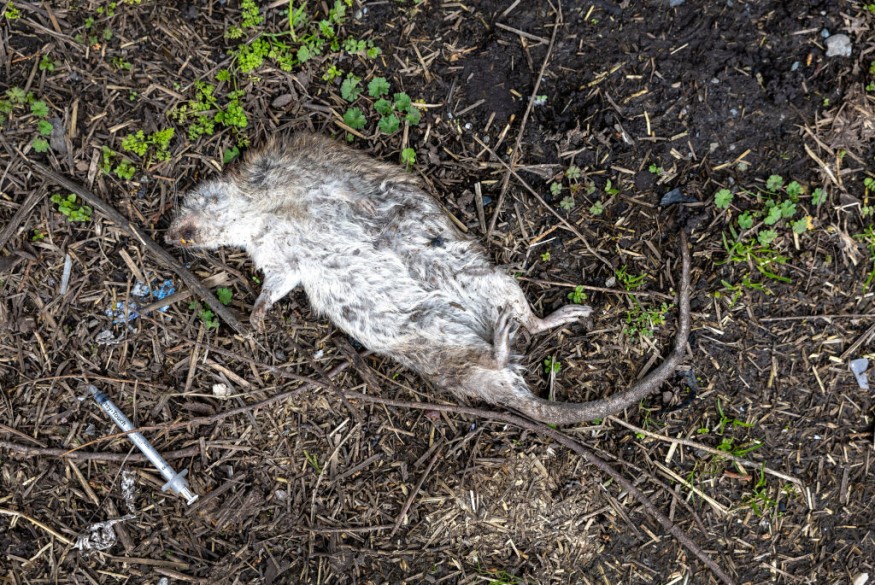The Black Death or the bubonic plague that ravaged Europe between 1347 and 1353 killed millions of people, continuing across the continent even until the 19th century.
Characterized by black boils on the skin, the disease was a global pandemic caused by the bacterium Yersinia pestis.
The bubonic plague laid waste also laid waste in Western Eurasia and North Africa.
Being considered by historians as the world's most fatal pandemic in human history, it killed about 75 to 200 million people due to fatal symptoms which had no cure at that time.
Rats were long thought to had accelerated the spread and retain the infection amongst the human populace.
This is especially the case when historical records reveal to us that the 14th century outbreak started when a ship from Crimea and Asia docked in the port city of Messina in Sicily.
The vessel was apparently boarded by not only sailor but also rats, whose fleas were infected by Y. Pestis.
Rats are Not to Blame?

Recent research suggested that rats may not have played a critical role in spreading and keeping the plague rolling in Europe.
The presence of the bacterium in rats and their fleas is called an animal reservoir.
However, evidence shows there may have been other factors that helped the spread of the bubonic plague, including reintroduction from Asian reservoirs and presence of other plague reservoirs in Europe.
The recent study published in the journal PNAS confirmed there is no evidence for persistent natural plague reservoirs in both historical and modern Europe.
This comes from the fact that environmental conditions in Europe could have prevented the spread of plague and long-term animal reservoirs.
It is also for this reason that baffled historians and scientists alike.
According to Live Science, the study offers two possibilities for the Black Death outbreak.
First, the bubonic plague was re-introduced from Asian plague reservoirs.
Second, there could have been a presence of short- or medium-term plague reservoirs in Europe.
With this, the two possibilities could have been mutual.
Also Read: Bubonic Plague: Black Death Pandemic Could Fine-Tuned the Immunity Genes of its Survivors
European Black Death
The Black Death pandemic was extremely deadly it wreaked havoc across Afro-Eurasia and killed almost half of the world's human population at that time, according to records and studies.
Majority of deaths from the bubonic plague disease is caused by one of the well-known, yet horrific symptoms, such as the development of one or more swollen lymph nodes or "buboes" that are painful.
While rats have long been portrayed for being responsible for the European Black Death, the study suggested that the slow-moving small mammals is an overstatement.
Instead, the researchers looked into the possibility that Y. pestis could be more efficiently spread through direct human to human transmission.
Scientists speculated such transmission could have transpired due to ectoparasites (fleas or lice) or through humans' respiratory systems and touching activities, as cited by Live Science.
© 2026 NatureWorldNews.com All rights reserved. Do not reproduce without permission.





